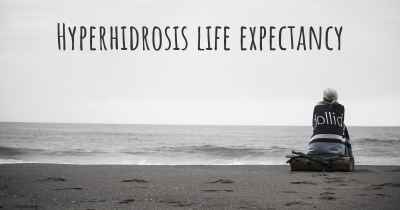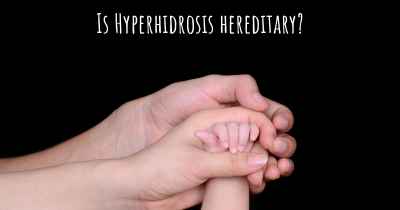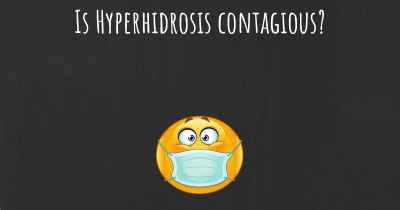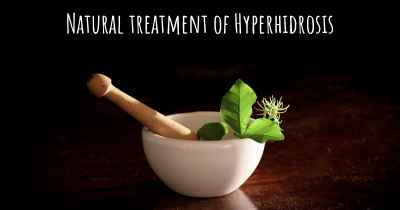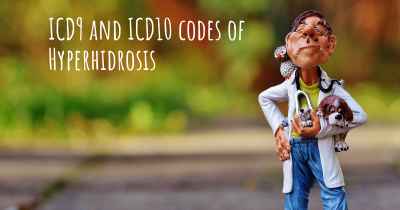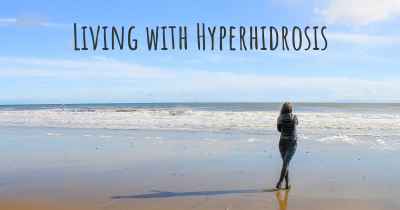What are the best treatments for Hyperhidrosis?
See the best treatments for Hyperhidrosis here
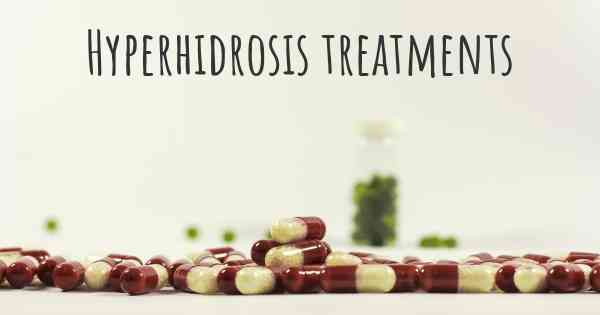
Hyperhidrosis, also known as excessive sweating, is a condition that affects millions of people worldwide. It can be an embarrassing and frustrating problem, impacting both personal and professional lives. Fortunately, there are several effective treatments available to manage hyperhidrosis and provide relief to those affected.
1. Antiperspirants
Antiperspirants are the first line of defense for managing hyperhidrosis. They work by blocking sweat ducts and reducing the amount of sweat produced. Over-the-counter antiperspirants containing aluminum chloride are commonly used, but for more severe cases, prescription-strength antiperspirants may be necessary. These should be applied to clean, dry skin before bedtime and washed off in the morning.
2. Iontophoresis
Iontophoresis is a non-invasive treatment that uses a low electrical current to temporarily block sweat glands. This therapy is particularly effective for treating excessive sweating in the hands and feet. During the procedure, the affected areas are submerged in water, and a gentle electrical current is passed through the water. Regular sessions are required initially, followed by maintenance treatments to sustain the results.
3. Botox Injections
Botox injections have gained popularity as a treatment for hyperhidrosis. Botulinum toxin, commonly known as Botox, is injected into the affected areas, such as the underarms, palms, or soles of the feet. Botox works by blocking the chemical signals that stimulate sweat glands, thereby reducing sweating. The effects typically last for several months, after which additional injections may be required.
4. Medications
In some cases, oral medications may be prescribed to manage hyperhidrosis. Anticholinergic drugs, such as glycopyrrolate, can help reduce sweating by blocking the chemical messengers that stimulate sweat glands. However, these medications may have side effects and are not suitable for everyone. It is important to consult with a healthcare professional to determine the most appropriate medication and dosage.
5. Surgical Options
If other treatments fail to provide relief, surgical interventions may be considered. Two common surgical procedures for hyperhidrosis are:
- Endoscopic thoracic sympathectomy (ETS): This procedure involves cutting, clamping, or destroying the nerves that carry signals to the sweat glands. It is most commonly used for treating excessive sweating in the hands, but can also be performed for underarm sweating. ETS is generally effective, but carries risks such as compensatory sweating in other areas of the body.
- Laser sweat ablation: This minimally invasive procedure uses laser energy to destroy sweat glands. It is primarily used for treating excessive underarm sweating. Laser sweat ablation has shown promising results with minimal side effects, but long-term effectiveness is still being studied.
6. Lifestyle Modifications
While not a direct treatment, making certain lifestyle modifications can help manage hyperhidrosis. These include:
- Wearing breathable fabrics: Choose clothing made of natural fibers like cotton or linen, which allow better air circulation and reduce sweating.
- Using absorbent materials: Place absorbent pads or liners in shoes or underarms to soak up excess sweat.
- Managing stress: Stress can trigger sweating, so practicing relaxation techniques like deep breathing, meditation, or yoga may help reduce symptoms.
- Avoiding triggers: Identify and avoid triggers that worsen sweating, such as spicy foods, caffeine, or alcohol.
It is important to note that the effectiveness of treatments may vary depending on the individual and the severity of hyperhidrosis. Consulting with a healthcare professional is crucial to determine the most suitable treatment plan.
Posted Mar 18, 2017 by Carmen 200
Posted Oct 3, 2017 by William 1020
